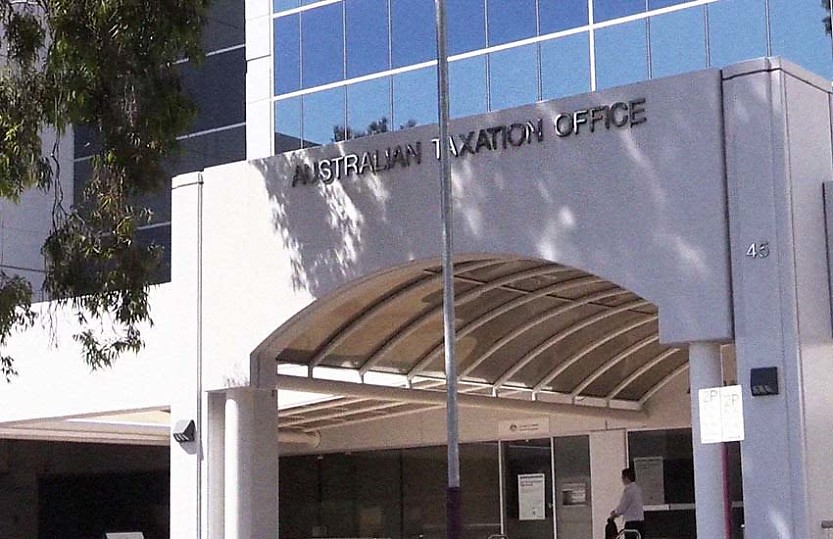ATO ‘recalibrates’ combined assurance review program

The nation’s largest taxpayers, captured by the ATO’s combined assurance review program, will be subjected to new, targeted review requirements.
On Wednesday, the ATO announced it will be tailoring how it engages with the country’s largest taxpayers captured by the combined assurance review (CAR) program.
The CAR program – also known as the Top 1,000 program - has undergone several changes since it was first introduced in 2020.
Initially, it reviewed the GST and income tax of all taxpayer companies with annual turnovers of $250 million and above. Quickly, the pool blew out well beyond 1,000, so the Tax Office refined its scope to apply only to the largest 1,000 taxpayers.
The new update will ensure the agency’s focus is better directed towards “what’s needed to maintain the high levels of assurance on the one hand, while continuing to detect and treat areas of low assurance,” said Assistant Commissioner Megan Croaker.
Broadly, the Tax Office announced two significant changes to the CAR program. The first will ensure all relevant economic groups are captured by the program, while the second will affect how those taxpayers are reviewed.
Economic groups
On the first change, the metrics used to determine whether an economic group is captured by the program will be “recalibrated.”
The ATO did not define what this recalibration will look like but said it will be carried out to ensure the top 1,000 taxpayers continue to be captured by the program.
Currently, the program captures approximately 850 economic groups, though the ATO said it has seen the figure increase recently.
“We expect the largest 1,000 taxpayers to be reasonably stable, however, economic conditions and events such as mergers and acquisitions may affect which entities are covered,” said the ATO.
A “differentiated” approach
The “differentiated” approach announced on Wednesday is essentially a deeper application of the justified trust model among the nation’s top 1,000 taxpayers.
Where previously the ATO treated all companies captured by the CAR program in broadly the same way (with some variation based on, for example, compliance history), now they will be divided into two categories.
The first, referred to as “significant taxpayers,” are those with total business incomes of over $1 billion. This cohort makes up around 30 per cent of CAR program entities and will be subjected to tighter review standards in light of their outsized economic influence.
The ATO will continue to assure all four years of the relevant review period for significant taxpayers.
“Given the economic significance of these taxpayers, we want to assure that these taxpayers have good governance in place, and that we understand the tax positions that they’ve adopted for all economic activity,” said the ATO.
However, where they have attained an overall high or medium assurance rating and a stage two governance rating, the agency will only seek evidence from the last year of the review period. Other years will only be reviewed for any “significant” transaction, events, or risks.
The remaining top 1,000 taxpayers, roughly 70 per cent, will be governed under less stringent review standards.
These taxpayers are referred to as the “general pool” of CAR program entities and will largely be treated in the same way as “significant taxpayers” with strong governance and assurance ratings.
In other words, only the final year of the relevant review period will be assessed by the ATO, in addition to any standout activity from the preceding three years.
Among general pool taxpayers with stage two or three governance ratings and medium or high overall assurance ratings, the ATO will employ a “lighter touch” in its reviews.
The review approach for general pool taxpayers who have been reviewed and did not meet these governance and review standards will be unaffected.
The ATO will continue to apply its four-pillar approach to justified trust in enforcing compliance among both significant and general pool taxpayers.
Also noted on Wednesday, the ATO will also adopt a “differentiated approach” to GST for all CAR entities with existing assurance ratings.
For those with stage two or three governance ratings and high or medium overall assurance ratings, subsequent reviews will initially focus on three things.
First, any GST governance improvements; second, any variances between accounting and GST reporting; and third, what the taxpayer has done to address any concerns raised in the earlier review.
Beyond that, the ATO will consider any areas that “require further analysis” and the “objective evidence required to be assured in the CAR.”
About the author

